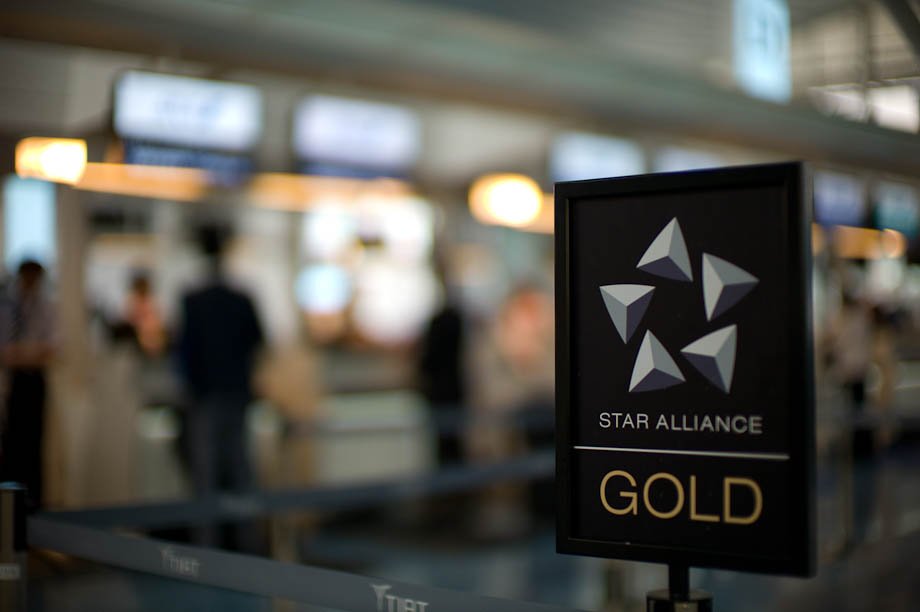Five airlines – Air Canada, Lufthansa, Scandinavian Airlines, Thai Airways International, and United Airlines—formed the international airline alliance known as Star Alliance on May 14, 1997. With 26 member airlines operating over 21,900 daily flights to more than 1,300 destinations in 195 countries, Star Alliance is currently the largest airline alliance in the world.

History of Star Alliance:
As airline alliances increased in number in the 1990s, Star Alliance was established as a response. The founding members of the alliance saw that by working together, they could provide their customers with more flight alternatives, easier connections, and more seamless travel experiences. The alliance was established in 1999 after the first agreement was signed on May 14 by the five founding airlines.
Star Alliance Members:
Star Alliance members include some of the world’s most respected airlines,
- Air Canada (Canada) – Founding Member
- Lufthansa (Germany) – Founding Member
- Scandinavian Airlines (Denmark-Sweden-Norway) – Founding Member
- Thai Airways International (Thailand) – Founding Member
- United Airlines (United States) – Founding Member
- Air New Zealand (New Zealand), 1999
- ANA (Japan), 1999
- Austrian Airlines (Austria), 2000
- Singapore Airlines (Singapore), 2000
- Asiana Airlines (South Korea), 2002
- LOT Polish Airlines, (Poland) 2003
- Croatia Airlines (Croatia), 2004
- TAP Air Portugal (Portugal), 2005
- South African Airways (South Africa), 2006
- SWISS (Switzerland), 2006
- Air China (China), 2007
- Turkish Airlines (Turkey), 2008
- Egyptair (Egypt), 2008
- Brussels Airlines (Belgium), 2009
- Aegean Airlines (Greece), 2010
- Ethiopian Airlines (Ethiopia), 2011
- Avianca (Colombia), 2012
- Copa Airlines (Panama), 2012
- Shenzhen Airlines (China), 2012
- EVA Air (Taiwan), 2013
- Air India (India), 2014
Benefits of Star Alliance Membership:
Access to a huge worldwide network of flights and destinations, reciprocal frequent flyer programs, access to airport lounges, and simplified travel processes are just a few of the advantages enjoyed by Star Alliance members. Star Alliance, a consortium of 26 airlines, provides travelers with more flight options, smoother connections, and easy travel experiences than any one airline could.

Star Alliance Gold Status:

Additionally, Star Alliance provides its most devoted customers with a frequent flyer club called Star Alliance Gold, which comes with extra perks. Priority boarding, increased baggage allowance, priority check-in, and access to airport lounges are some of these advantages. A passenger must accrue a minimum number of miles or flights with Star Alliance member airlines within a predetermined time frame to be eligible for Star Alliance Gold membership.
Star Alliance and the Environment:
The Star Alliance is dedicated to reducing the effects of air travel on the environment. The alliance has put in place a variety of initiatives to cut emissions, including the use of biofuels, route optimization, and the deployment of more fuel-efficient aircraft. Additionally, Star Alliance urges the adoption of sustainable practices and support for international initiatives to cut carbon emissions by its member airlines.
Conclusion
By establishing a global network of airlines that collaborate to offer passengers seamless travel experiences, Star Alliance has transformed the airline business. Star Alliance is well-positioned to continue setting the standard for the airline industry for years to come thanks to its dedication to environmental sustainability, innovation, and customer service.






